Statues of Tasos Isaac and Solomos Solomou, who were killed during two separate demonstrations in the buffer zone near Dherynia during August 1996, were unveiled in Paralimni on Saturday night, ahead of the 29th anniversary of their deaths.
Isaac was killed on August 11, 1996, when Greek Cypriot motorcyclist protestors were met in the buffer zone by Turkish Cypriot counter-protestors who, according to the United Nations report on the incident, were “joined by members of the Grey Wolves who had come from Turkey”.
As demonstrators from both sides broke into the buffer zone, the incident became violent. Isaac found himself entangled in barbed wire in the buffer zone and was beaten to death by Turkish Cypriots and Turks who had also entered the buffer zone.
Solomou was killed three days later when, following Isaac’s funeral, Greek Cypriot demonstrators once again travelled to Dherynia.
Solomou distanced himself from his fellow protestors and walked towards a Turkish military post, attempting to climb a flagpole to remove a Turkish flag, before being shot dead by a Turkish soldier.
Ahead of the statue’s unveiling, motorcyclists had ridden from across Cyprus to Paralimni in homage to the motorcycle journey taken in 1996, which had begun in Berlin before ending in the death of Isaac in the buffer zone.
House president Annita Demetriou was present for the statues’ unveiling and made a speech.
“These two gallant men faced off with death in gallant fashion and became a song on the lips of the nation. 29 years later, the perpetrators have not paid for their heinous crime,” she said of the people who killed the pair.
“29 years later, there has been no arrest, no vindication, and no apology. Eleven arrest warrants, six for the murder of Tasos and five for the murder of Solomos, issued in October and November 1996, have remained unexecuted for 29 years, with Turkey stubbornly refusing to act on them.”
She also referenced European Court of Human Rights ruling from 2008, which found that Isaac and Solomou’s rights as defined by Article 2 of the European Convention on Human Rights – the right to life – had been violated by Turkey.
“We do not forget, and we will not forget, and there are some here, among us, who take care of this, nor with slogans and voices but by pounding the streets, everywhere, fellow bold travellers in the collective memory, pioneers in the fight for liberation,” she said.
She made special reference to the motorcyclists who had travelled from across Cyprus and make a similar trip every year for the anniversary of the two men’s deaths.
“The motorcyclists, without much fanfare every year, cross the entirety of free Cyprus with their motorcycles, opening roads for the return to our occupied lands. Those who for decades have not let the sacrifice of our heroes be forgotten do not let the sacrifice of our heroes be forgotten,” she said.
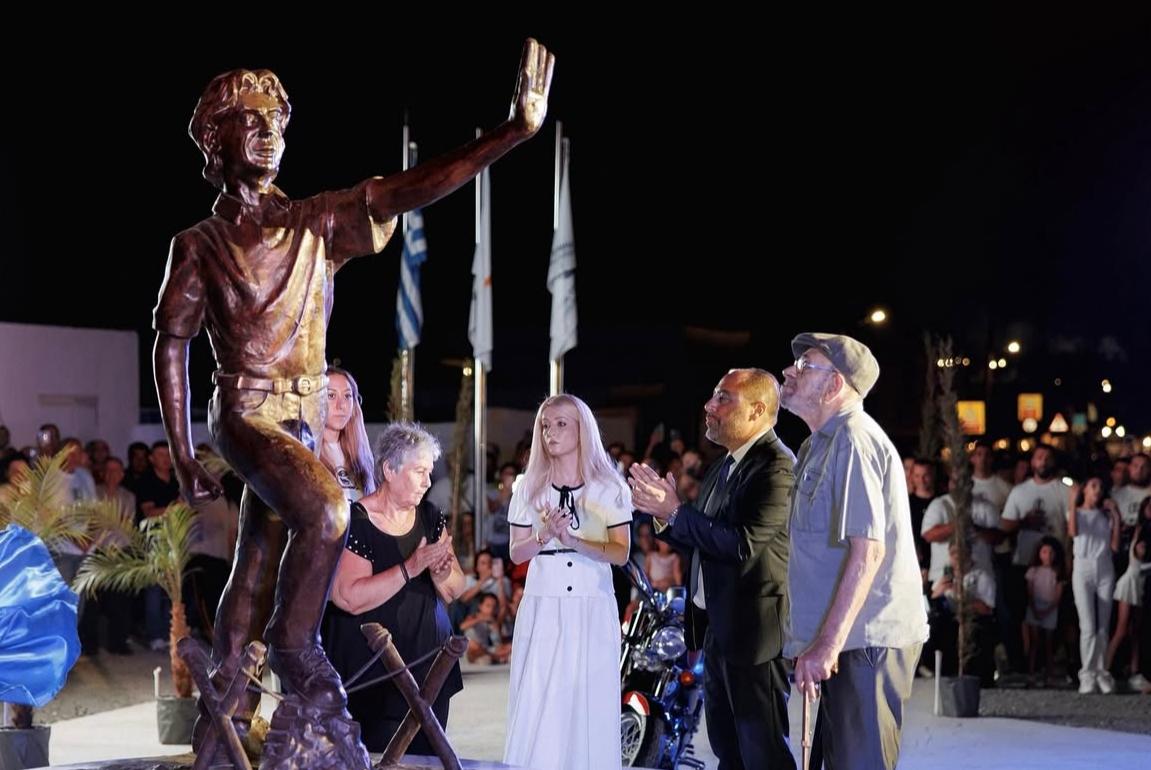
She also thanked the Paralimni and Dherynia municipality and mayor George Nikolettos, as well as to sculptor Philippos Yiapanis, for commissioning and creating the statue.
She said the statues had been placed “at the epicentre of everyday life, here in Paralimni, in the heart of the land which gave birth to the two gallant men, for people to see, for passersby to see, but especially for young children to see, so that we may all be aware of what we owe to them”.
“These two gallant men stood like giants in Dherynia, because Cyprus remains enslaved, because the occupier’s flag is an open wound on the Pentadaktylos, because Famagista, Kyrenia, Morphou, and Karpasia are being ravaged or sold off barbed wire, because every inch of our occupied land holds within it the voice and pain of those who were forcibly expelled,” she said.
“And if we get used to it, to the status quo, it will be tantamount to betraying these people who refused to get used to it. Those who stood, where no one else dared, as a shield for the entirety of Cypriot Hellenism. The sacrifice of these two heroes does not allow us to remain silent. It forces us to persist, with stability, national conscience, strategy, and diplomacy.”
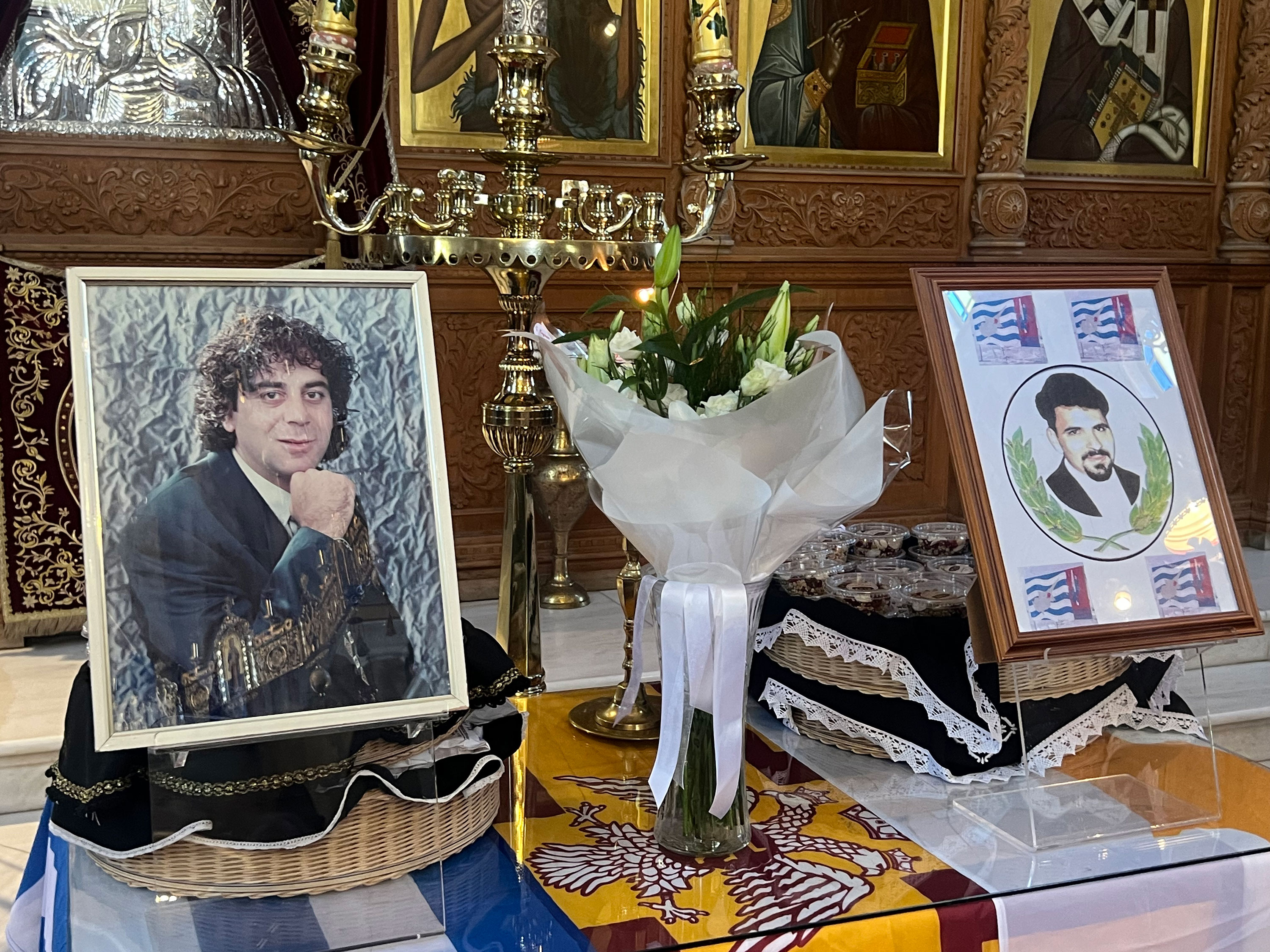
Konstantinos Solonos also spoke on behalf of the Isaac-Solomou memorial initiative, and said, “we are here to commemorate the two gallant men of Famagusta, to commemorate two pillars of the anti-occupation liberation fight for Cyprus”.
He added that Isaac and Solomou had been “murdered by a mob of barbarians”, before going on to name some of the people the Republic of Cyprus’ authorities had accused of being parties to the two men’s deaths in 1996.
“This monument will become a reminder that Tasos and Solomos never lowered their gaze for a moment, never took their souls away from Famagusta, Karpasia, Morphou, Nicosia, or Kyrenia.
“Let this monument be a reminder that [the north’s ‘transport minister’] Erhan Arikli, [the north’s former ‘agriculture minister’] Kenan Akin, and so many others who are wanted for the murder of our two heroes and yet enjoy the lawlessness of the occupied territories while no institution and no government has asked for or demanded the execution of the arrest warrants out in their names.”
Yiapanis, meanwhile, said that “29 years ago, we saw barbarity in its grandeur, and today, 29 years later, I hope we wake up as a people, and I hope our leadership does, too”.
“Atilla is a few metres from here, lurking, waiting, and unfortunately, the occupation is being consolidated,” he said.
Tasos Isaac’s daughter Anastasia Isaac, who had not yet been born when her father was killed, said that “barbarians, with the help of the occupation army, beat my father, an unarmed man, to death with clubs, stones, and sticks”.
“After so many years, it is still not understood that the occupation impacts our everyday life, our present, and our future,” she said.

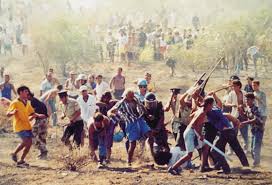
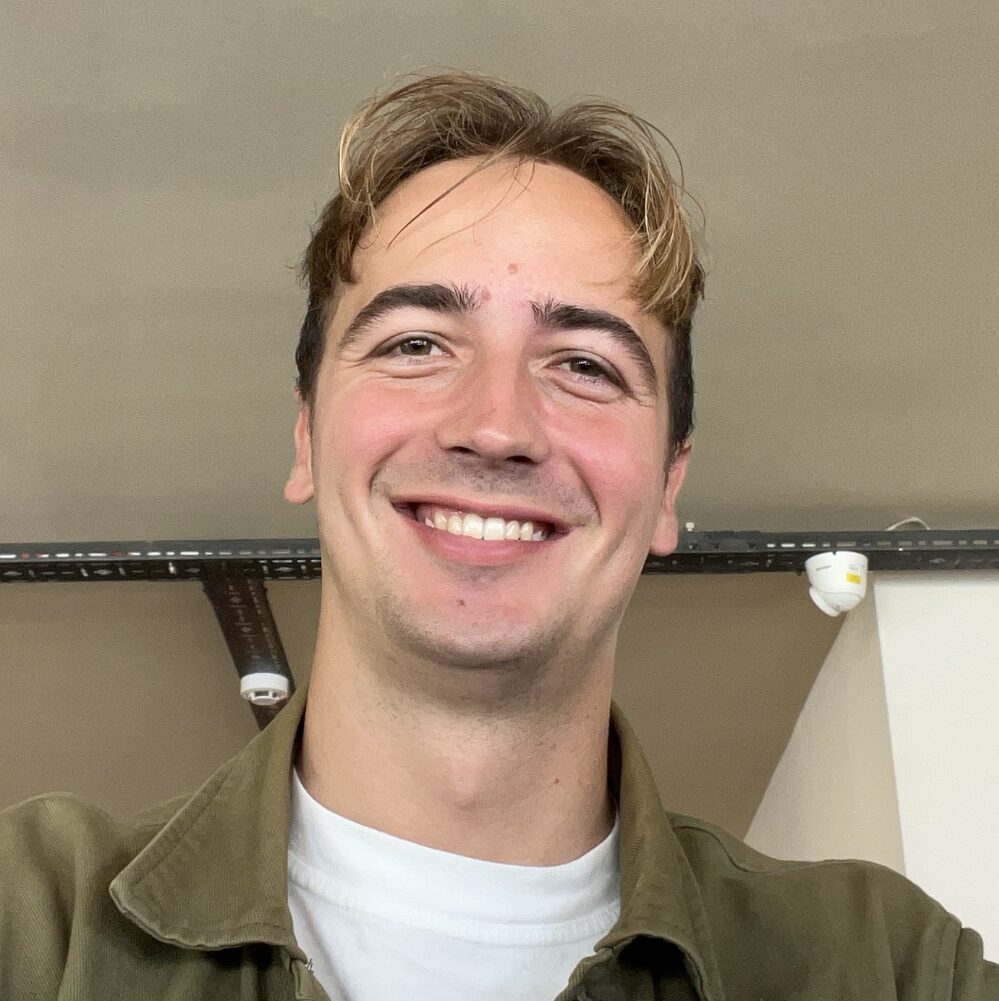

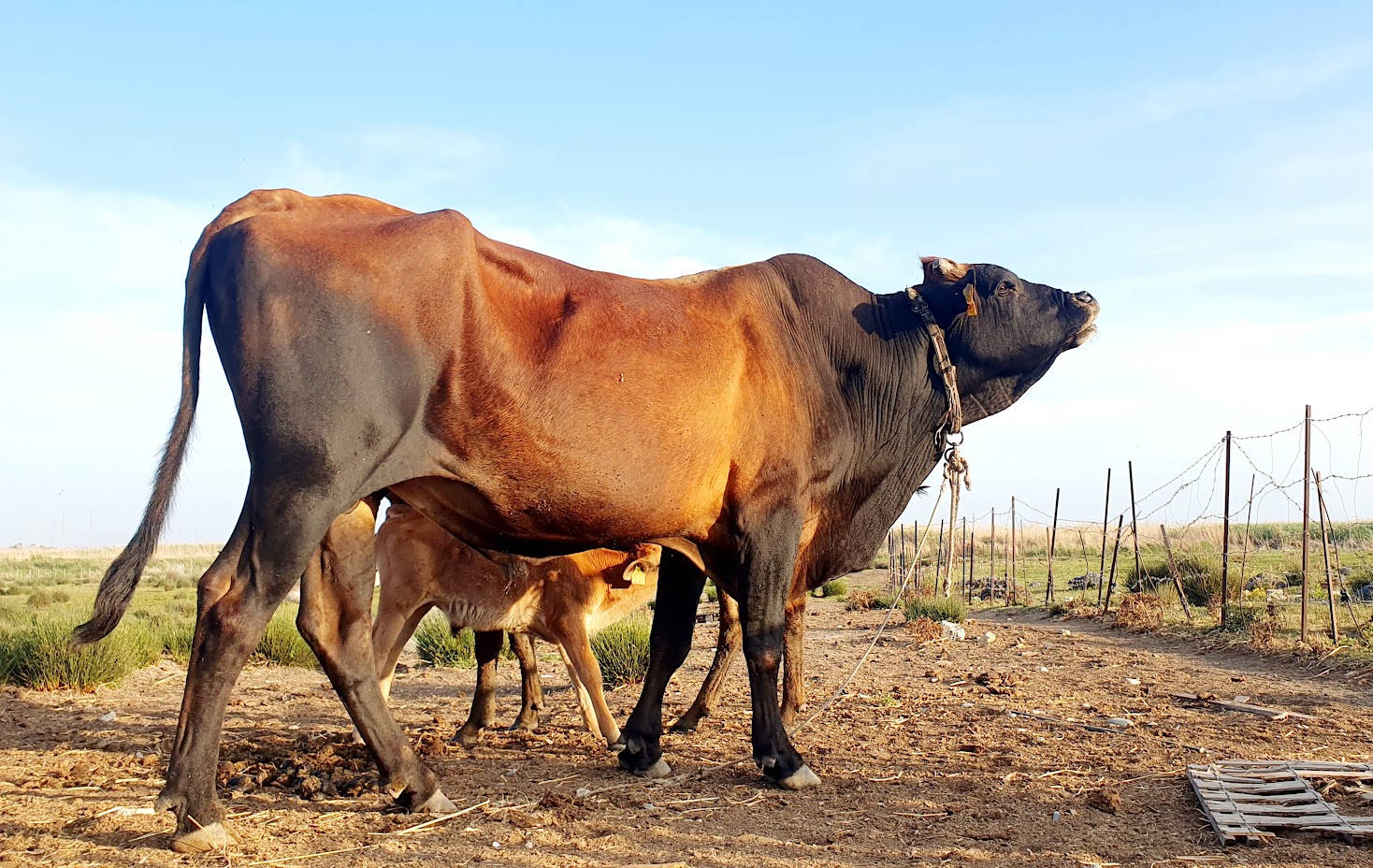
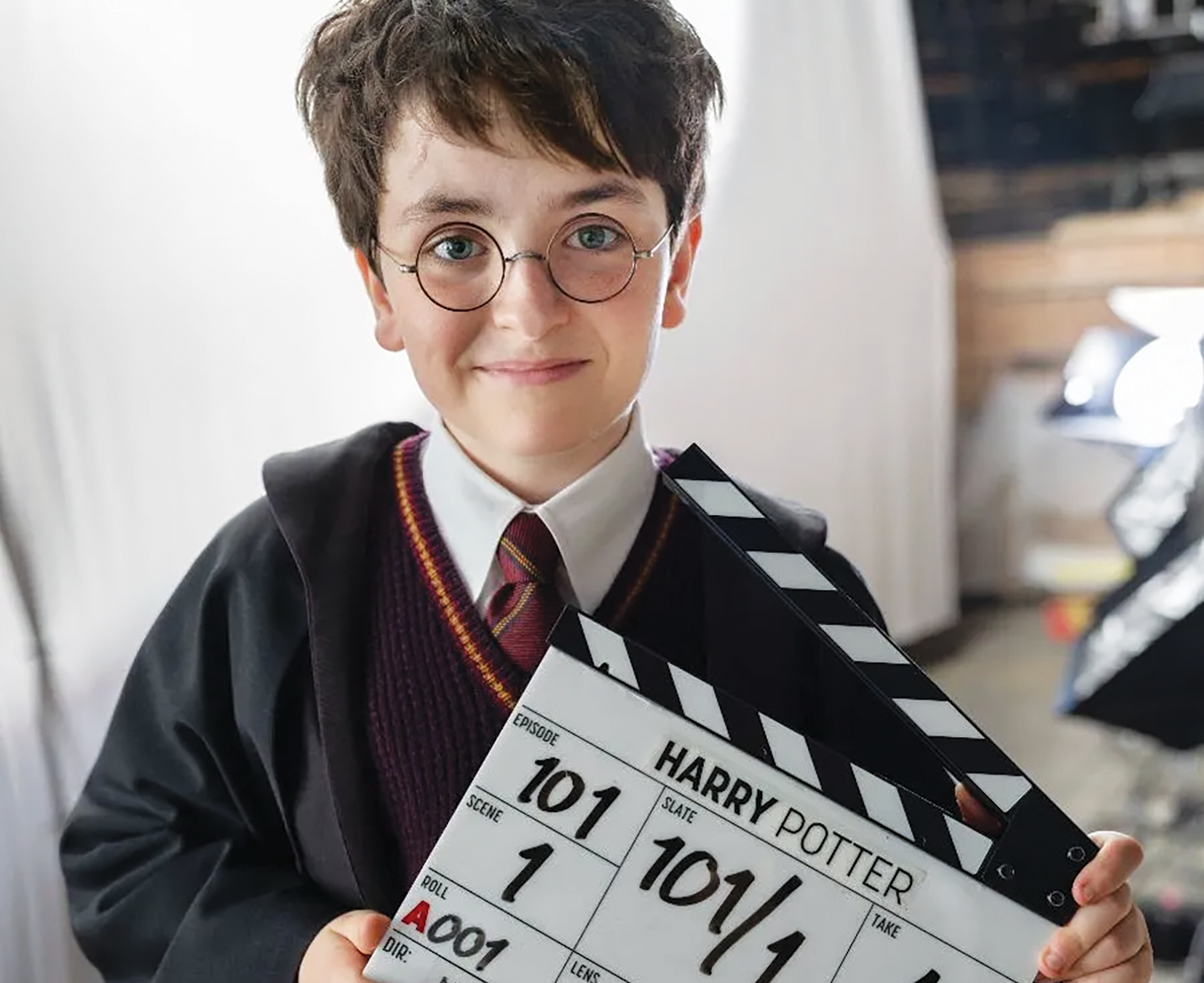

Click here to change your cookie preferences